The demand for health foods has been on the rise now, and more and more people are making an effort to buy healthier choices for themselves and for their families. One of the observable shifts in health food demand has taken place in the dairy milk industry, which has suffered steep declines in the past few years.1
One of the reasons for this decline is the sudden increase in the demand for milk alternatives. This mainly stems from the widespread idea that cow’s milk contains higher amounts of calories and cholesterol.
While people who are lactose intolerant or protein-allergic can benefit from switching to non-dairy milk alternatives, these are still a long way from the natural vitamins and minerals offered by raw cow’s milk. Some examples of these include soy milk, rice milk and almond milk.
Although it’s not necessarily unhealthy, almond milk pales in contrast to real raw milk. But for people who have no choice but to go for non-dairy substitutes because of health constraints, almond milk remains to be one of the best choices. Continue reading to learn more about almond milk and the potential health benefits it offers.
What Is Almond Milk?
Almonds are one of the most popular types of nut that people eat for guilt-free and nutritious snacking. They contain numerous vitamins and minerals that help in improving body function. This is probably one of the reasons why people openly accepted almond milk into their diets.
Despite the fact that it is only getting into the mainstream market now, almond milk has actually been in existence for hundreds of years. The earliest documentation of almond milk dates to the 13th century where the process of making almond milk was described in an Iraqi cookbook. It was also used as an alternative to cow’s milk during Lent, when meat and other animal-derived products were prohibited.2
Nowadays, almond milk serves as a lactose-free milk option. Some manufacturers have made it their goal to make almond milk a worthy competitor for cow’s milk by adding in calcium, vitamin D and protein.3 In most cases, however, a considerable amount of sugar is added as well to mimic the natural sweetness of cow’s milk. These brands of almond milk should be avoided at all costs. However, unsweetened varieties are available and are a much better option.4
Almond Milk vs. Soy Milk vs. Cow’s Milk: Which Is Best for You?
Almond and soy milk are marketed as the top alternatives to cow’s milk. While they do have the same consistency and the same appearance, these are easily distinguishable from the other. Some of the nutrients that they share include protein, calcium and potassium, albeit in varying percentages.
Soy milk is widely known to be the closest milk product to the nutritional components of raw milk. In spite of this, soy milk is a controversial product because most of the conventional factories that produce soy milk use genetically modified crops. This means that there’s an increased possibility that you’re consuming glyphosate and other toxic chemicals added to GMO crops.
Additionally, the use of unfermented soy in soy milk production poses grave threats on the health of consumers. Unfermented soy contains high amounts of phytic acid, trypsin inhibitors, and aluminum. Phytic acid and trypsin inhibitors are linked to growth problems because of their ability to block the absorption of essential minerals such as calcium, magnesium and copper. Meanwhile, the high amount of aluminum in unfermented soy is toxic to the nervous system and the kidneys.
Almond milk, on the other hand, contains a much lower nutrient content compared to both soy milk and raw milk. Almond milk may contain high amounts of vitamins and minerals, but it comes lacking when compared to real raw milk. It has even been suggested that one carton of almond milk only has the same nutritional component as a handful of almonds.
Another factor that should be considered is the use of carrageenan, a seaweed-derived thickener that keeps the ingredients together in both soy milk and almond milk. This ingredient has been linked to inflammation, the destruction of the digestive system and even an increased risk for cancer. Hence, before buying plant-based milk products, make sure that you’re buying non-GMO and carrageenan-free brands to make sure that you’re not unknowingly exposing yourself to harmful toxins.5
Once you take all of these factors into the equation, it’s pretty obvious that raw cow’s milk is still the best choice for milk consumption due to the numerous nutrients, minerals and vitamins it offers, minus the various health risks posed by commercially manufactured milk alternatives. Even though raw milk has been widely demonized by health institutions, it actually contains good bacteria, digestive enzymes, raw fats and vitamins, which are usually removed in pasteurized milk and absent in milk substitutes.
For people who choose not to consume raw cow’s milk, it would be a better choice to consume homemade almond milk rather than the store-bought kind. This does not only limit the possible toxins, but it also helps you determine the amount of almonds necessary for you to get the maximum amount of nutrients per serving.
Homemade unsweetened almond milk contains little to no toxins, unlike soy milk or other commercialized products. It may have a lower amount of nutrients, but it does not expose you to possible harmful components.
Here Are a Few Health Benefits You Can Get From Almond Milk
Even though some of the nutrients do not get carried over from almonds, almond milk still contains significant amounts of vitamins and nutrients. Here are a few health benefits that you can get from almond milk:7
- Doesn’t raise blood sugar. Homemade unsweetened almond milk does not contain high amounts of glucose, which can help prevent insulin resistance. It’s also low in carbohydrates. This is beneficial for diabeticsand overweight people, as it can help maintain the glucose levels in the blood. Cow’s milk contains high amounts of lactose, which is converted into glucose.8
- Lactose-free. Dairy milk contains lactose, which may cause digestive problems for people who are lactose intolerant. This means that they cannot digest the nutrients that raw milk contains, causing problems such as bloating and diarrhea. Drinking almond milk provides you with essential vitamins without compromising comfort and digestive health.
- May help reduce the risk of heart disease. Almond milk contains high amounts of healthy fatty acids that can help in the prevention of high blood pressure and the promotion of heart health.
How Is Almond Milk Used in the Culinary World?
Almond milk can be added to desserts and milk-based beverages such as smoothies, ice cream and pastries. Main dishes that require dairy milk can also use almond milk as a vegan-friendly alternative. 9
During the medieval times, almond milk was considered a staple food for the majority of the population, especially for Christians during religious periods when fasting was exercised. The almond pit left after the production of almond milk was added to other recipes or used to make thinner almond milk so as to minimize wastage.10 It was also used as a milk substitute because animal milk had a shorter shelf life and they had difficulties keeping it fresh.11
Frequently Asked Questions (FAQs) About Almond Milk
Q: Is almond milk healthy?
A: While homemade unsweetened almond milk may not contain the same amount of nutrients as raw cow’s milk, it is one of the best alternatives for people who are unable to consume dairy, and offers its own set of nutrients.
Q: Is almond milk good for you?
A: Yes, it is good for you. For lactose-intolerant people who can’t drink animal milk, almond milk can serve as an alternative for you to get your daily supply of nutrients.
Q: Is almond milk bad for you?
A: Almond milk, as long as it is unprocessed and made at home, is not unhealthy. It actually contains numerous vitamins and minerals that you can benefit from. But in comparison to raw cow’s milk, almond milk contains a much lesser percentage of beneficial enzymes and nutrients.
Q: Is almond milk dairy?
A: No. Almond milk consists of almonds and distilled water, which makes it plant-based. The color, which is close to that of regular milk, comes from the meal of the almonds.15
Q: Is almond milk vegan?
A: Yes. It mainly consists of almonds and water. Some brands add in fortified vitamins to boost its nutritional content.16
Q: How much sugar is in almond milk?
A: It largely depends on the type of almond milk that you consume. There are commercialized brands that offer original, unsweetened and flavored choices. The original flavor most brands offer usually contains an average of 7 grams of sugar.17
Q: Does almond milk go bad?
A: Yes. Like any other type of food, almond milk can spoil. To know whether your almond milk has gone bad, check for a change in color, taste and consistency. If it smells like sour milk, throw it out.18
Q: How long does almond milk last?
A: If stored correctly, almond milk can last up to five days in the refrigerator. Check for changes in color and consistency to be sure that your almond milk is still edible.19

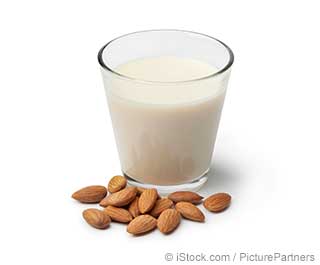

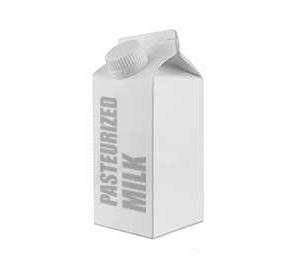
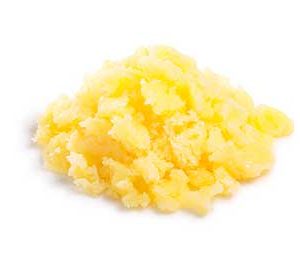
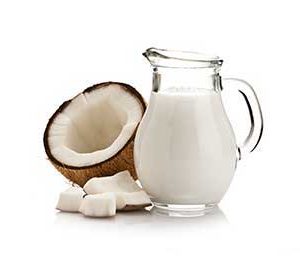
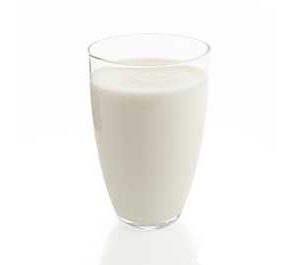
Reviews
There are no reviews yet.